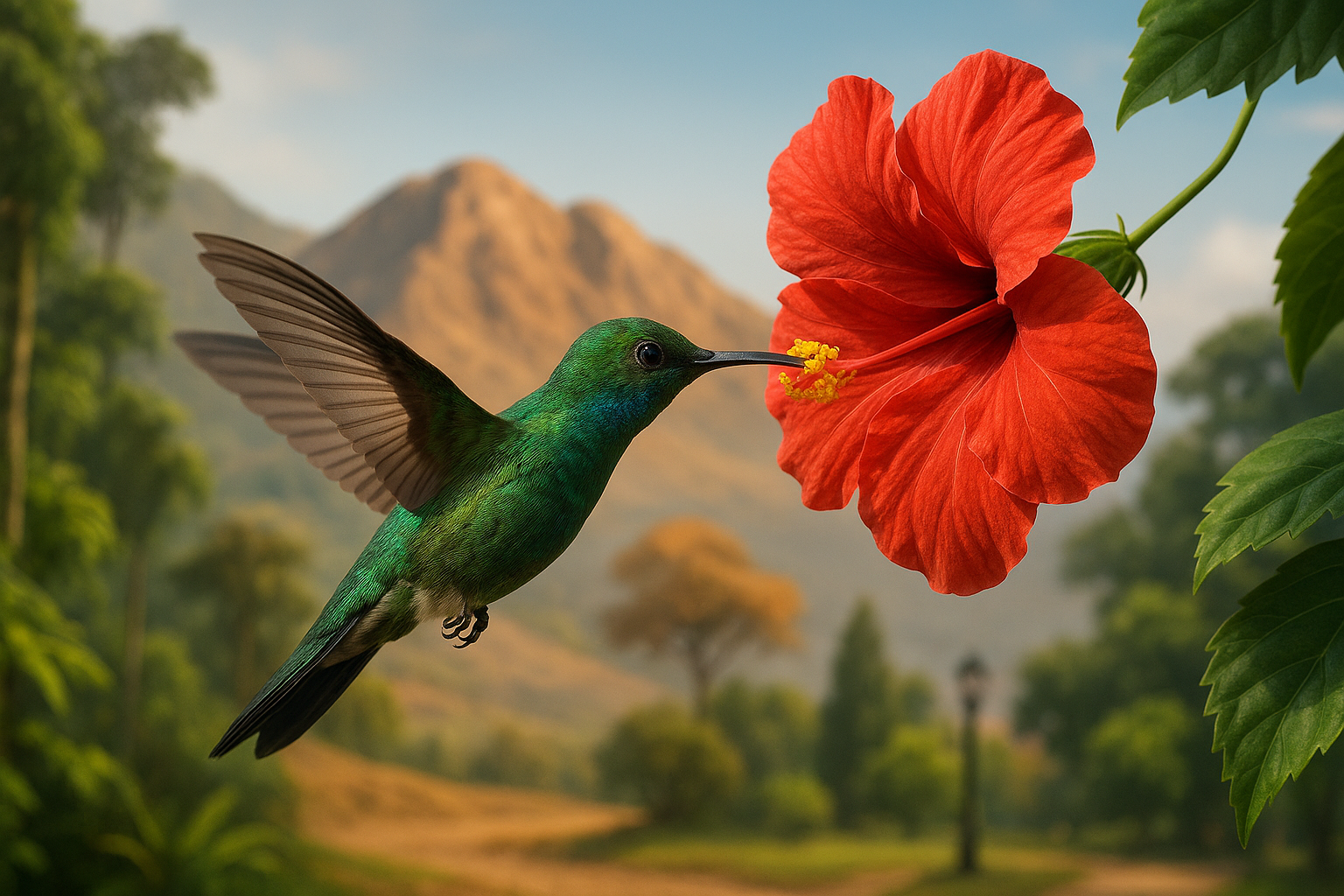Practical Guide to Choosing and Using a Bird Feeder
A bird feeder is a simple way to invite birds into your outdoor space, support local wildlife, and enjoy more of nature from home. Whether you’re new to backyard birding or upgrading an existing setup, choosing the right feeder and managing it responsibly makes a difference for the birds you attract and the health of your local environment. This guide covers feeder types, placement, food choices, maintenance, and how feeders interact with other wildlife.

What is a bird feeder and how does it work?
A bird feeder is any device that holds food for birds, from hanging tube feeders to platform trays and specialized suet or nectar stations. Feeders work by offering accessible food sources that match the feeding habits of different species — for example, finches prefer small-seed tube feeders while woodpeckers use suet cages. Feeders can supplement natural foraging, especially in winter or urban settings where native food sources are limited. To be effective, a feeder should be stable, weather-resistant, and easy to clean to reduce disease risk.
Which birds will visit my feeder?
The mix of birds attracted to a feeder depends on the feeder type, the food provided, your region, and the surrounding habitat. Small seeds like nyjer draw finches, while mixed seed blends and sunflower seeds appeal to cardinals, sparrows, and chickadees. Hummingbird feeders with sugar water attract hummingbirds where they occur, and suet feeders bring woodpeckers and nuthatches. Providing native plants and water nearby increases diversity. Seasonal migration patterns also influence visitors: some species come only during migration or winter, while others are year-round residents.
How to place and maintain a bird feeder
Placement affects safety and success. Position feeders 10–30 feet from windows and either 4–6 feet off the ground (for small garden setups) or higher if predators are a concern. Keep feeders 10–12 feet from dense shrubs that provide ambush points for cats or hawks. Regular maintenance is critical: clean feeders with a mild bleach solution (1 part bleach to 9 parts water) or specialized cleaner every one to two weeks, more often in rainy or humid weather. Empty wet or moldy seed immediately. Rotate or move feeders occasionally to discourage buildup of droppings below the station.
What food attracts birds and supports nature?
Choose food that matches target species and seasonal needs. Black oil sunflower seed is a versatile, nutrient-dense option that attracts many birds. Safflower can deter some unwanted species, while nyjer is ideal for finches. Suet cakes provide high-energy fat for insectivorous birds in cold months. For hummingbirds, a 4:1 water-to-sugar solution without red dye is appropriate; change it every few days in warm weather. Supplementing feeders with native plants, shrubs, and trees supports insects and berries that many birds rely on, helping maintain a balanced, natural food web.
How feeders affect local wildlife and safety
Feeders influence more than just birds. Squirrels, chipmunks, raccoons, and even deer may visit feeders, sometimes causing damage or crowding out birds. Predator attraction is another concern: feeders that concentrate birds can draw flying predators. Use baffles, weight-sensitive perches, and squirrel-proof feeders to limit non-target access. Monitor for signs of disease, such as lethargy or abnormal plumage, and temporarily remove feeders if illness appears widespread. Creating a habitat with native plants and water sources reduces dependence on feeders and supports resilient wildlife populations.
Conclusion
A well-chosen bird feeder can enhance your connection to nature and provide valuable food for local birds when used responsibly. Match feeder type and food to the species you want to support, place feeders to reduce risks from predators and window strikes, and maintain regular cleaning to limit disease. Complement feeders with native plantings and water to support broader wildlife needs, and observe how your garden changes through the seasons as different birds respond to these improvements.





